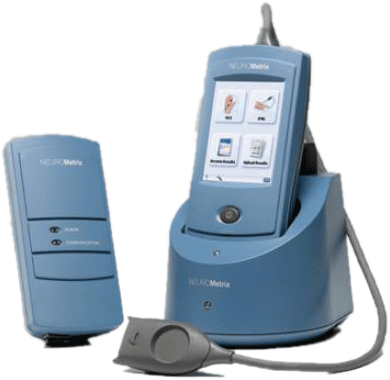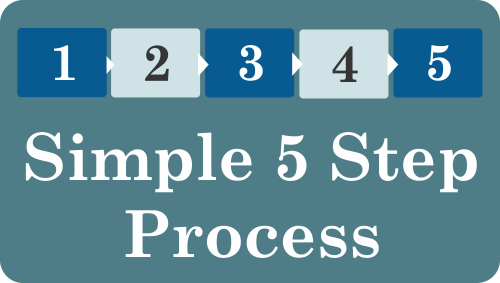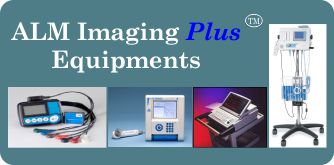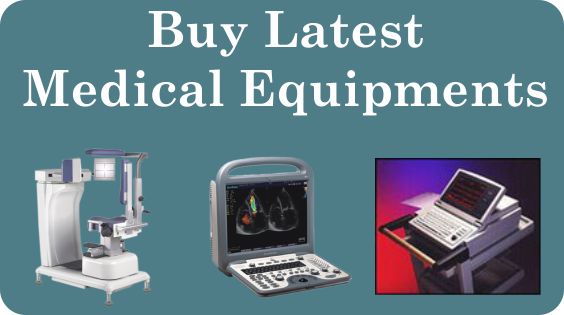ALM Mobile Imaging - Nerve Conduction Velocity Test Services
 ALM MOBILE IMAGING is a mobile diagnostic imaging company specializing in providing nuclear cardiology imaging, ultrasound and stress testing in Physician offices. ALM is one of the first to offer mobile nuclear cardiac imaging in the Midwest and is one of the fastest growing imaging businesses in the area.
ALM MOBILE IMAGING is a mobile diagnostic imaging company specializing in providing nuclear cardiology imaging, ultrasound and stress testing in Physician offices. ALM is one of the first to offer mobile nuclear cardiac imaging in the Midwest and is one of the fastest growing imaging businesses in the area.
Definition of Nerve conduction velocity:
Nerve conduction velocity (NCV) is a test to see how fast electrical signals move through a nerve. |
How the test is performed:Patches called surface electrodes, similar to those used for ECG, are placed on the skin over nerves at various locations. Each patch gives off a very mild electrical impulse, which stimulates the nerve.The nerve's resulting electrical activity is recorded by the other electrodes. The distance between electrodes and the time it takes for electrical impulses to travel between electrodes are used to determine the speed of the nerve signals. |
Some of the Associated diseases or conditions include: |
|||
| 1. | Alcoholic neuropathy | 2. | Diabetic neuropathy |
| 3. | Chronic inflammatory polyneuropathy and neuropathy - conditions resulting from diabetes or alcoholism |
4. | Nerve effects of uremia (from kidney failure) |
| 5. | Traumatic injury to a nerve | 6. | Guillain-Barre syndrome |
| 7. | Diphtheria | 8. | Carpal tunnel syndrome |
| 9. | Brachial plexopathy | 10. | Charcot-Marie-Tooth disease (hereditary) |
| 11. | Chronic inflammatory polyneuropathy | 12. | Common peroneal nerve dysfunction |
| 13. | Distal median nerve dysfunction | 14. | Femoral nerve dysfunction |
| 15. | Friedreich's ataxia | 16. | General Paresis |
| 17. | Herniated disc disease | 18. | Lambert-Eaton Syndrome |
| 19. | Mononeuritis Multiplex | 20. | Peripheral Nerve Injury |
| 21. | Pinched Nerves | 22. | Primary Amyloid |
| 23. | Radial nerve dysfunction | 24. | Sciatic nerve dysfunction |
| 25. | Secondary Systemic Amyloid | 26. | Sensorimotor polyneuropathy |
| 27. | Tibial nerve dysfunction | 28. | Ulnar nerve dysfunction |
Nerve Conduction Study
The nerve conduction study consists of the following components:Motor NCS
Motor NCS are performed by electrical stimulation of a peripheral nerve and recording from a muscle supplied by this nerve. The time it takes for the electrical impulse to travel from the stimulation to the recording site is measured. This value is called the latency and is measured in milliseconds (ms). The size of the response – called the amplitude – is also measured. Motor amplitudes are measured in millivolts (mV). By stimulating in two or more different locations along the same nerve, the NCV across different segments can be determined. Calculations are performed using the distance between the different stimulating electrodes and the difference in latencies.
Sensory NCS
Sensory NCS are performed by electrical stimulation of a peripheral nerve and recording from a purely-sensory portion of the nerve, such as on a finger. Like the motor studies, sensory latencies are on the scale of milliseconds. Sensory amplitudes are much smaller than the motor amplitudes, usually in the microvolt (µV) range. The sensory NCV is calculated based upon the latency and the distance between the stimulating and recording electrode.
F-wave study
F-wave study uses supramaximal stimulation of a motor nerve and recording of action potentials from a muscle supplied by the nerve. This is not a reflex, per se, in that the action potential travels from the site of the stimulating electrode in the limb to the spinal cord's anterior horn cell and back to the limb in the same nerve that was stimulated. The F-wave latency can be used to derive the conduction velocity of nerve between the limb and spine, whereas the motor and sensory nerve conduction studies evaluate conduction in the segment of the limb. F waves vary in latency and an abnormal variance is called "chrono dispersion". Conduction veloderived by measuring the limb length in millimeters from the stimulation site to the corresponding spinal segment (C7 spinous process to wrist crease for median nerve). This is multiplied by 2 as it goes to the cord and returns to the muscle (2D). 2D is divided by the latency difference between mean F and M and 1 millisecond subtracted (F-M-1). The formula is 2D/(F-M-1).
H-reflex Study
H-reflex study uses stimulation of a nerve and recording the reflex electrical discharge from a muscle in the limb. This also evaluates conduction between the limb and the spinal cord, but in this case, the afferent impulses (those going towards the spinal cord) are in sensory nerves while the efferent impulses (those coming from the spinal cord) are in motor nerves. This process cannot be changed.
|
|
||||||||||||||||||||
| Try Us Out Risk Free -
Call us at (800) 781-1938
or Schedule an account representative to visit your office today |
© 2012 ALM Mobile Imaging - 822 Eagle Drive, Bensenville, Illinois, 60106 |











